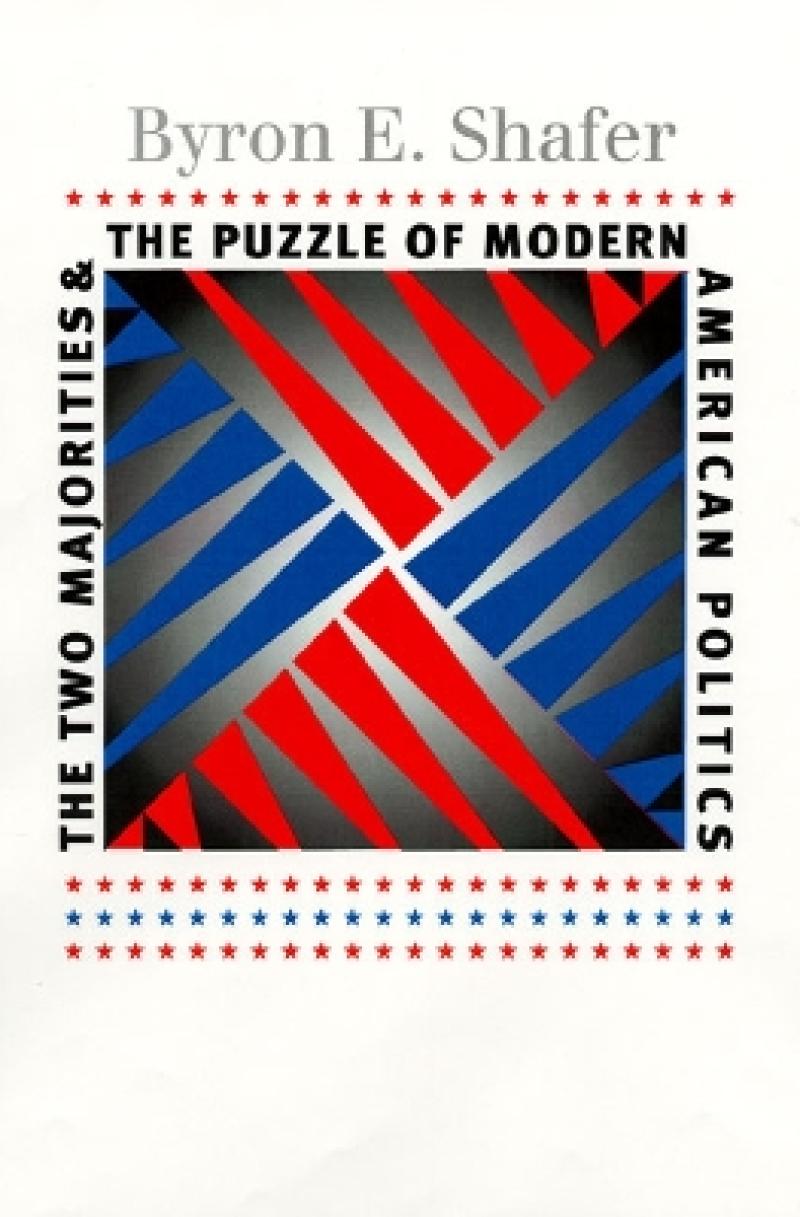Where did the Era of Divided Government come from? What sustains split partisan control of the institutions of American national government year after year? Why can it shift so easily from Democratic or Republican presidencies, coupled with Republican or Democratic Congresses? How can the vast array of issues and personalities that have surfaced in American politics over the last forty years fit so neatly within - indeed, reinforce - the sustaining political pattern of our time? These big questions constitute the puzzle of modern American politics. The old answer - a majority and a minority party, plus dominant and recessive public issues - will not work in the Era of Divided Government. Byron Shafer provides a convincing new answer that has three major elements. These elements in combination, not ""divided government"" as a catch phrase, are the real story of politics in our time. The first element is comprised of two great sets of public preferences that manifest themselves at the ballot box as two majorities. The old cluster of economic and welfare issues has not so much been displaced as simply joined by a second cluster of cultural and national concerns. The second element can be seen in the behavior of political parties and party activists, whose own preferences don't match those of the general public. That public remains reliably left of the active Republican Party on economic and welfare issues and reliably right of the active Democratic Party on cultural and national concerns. The third crucial element is found in an institutional arrangement - the distinctively American matrix of governmental institutions, which converts those first two elements into a framework for policymaking, year in and year out. Shafer examines how dominant features of the Reagan, first Bush, Clinton, and second Bush administrations reflect the interplay of these three elements. He also ranges across time and nations to put these modern elements and their composite pattern into a much larger historical and institutional framework. In this light, modern American politics appears as a distinctive recombination of familiar elements of a political style, a political process, and a political conflict that has been with us for some time.
Les mer
